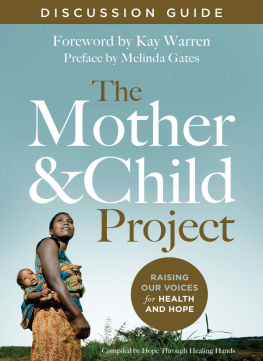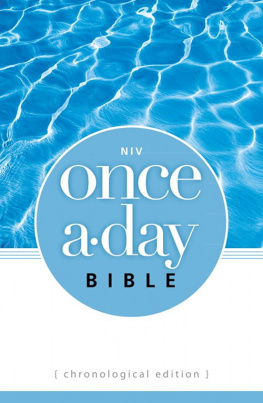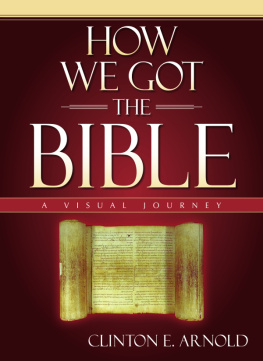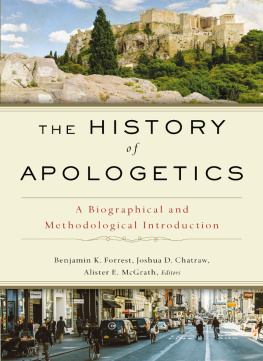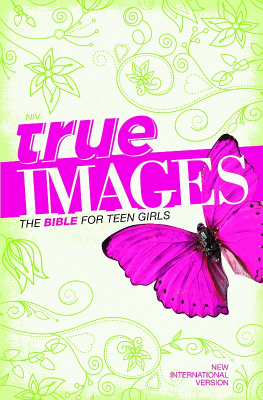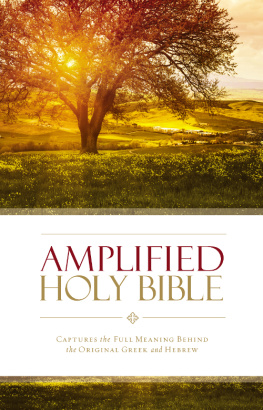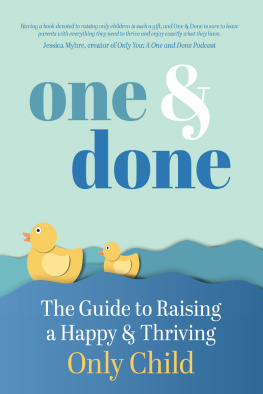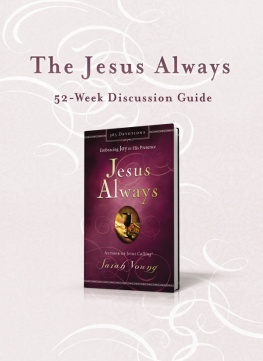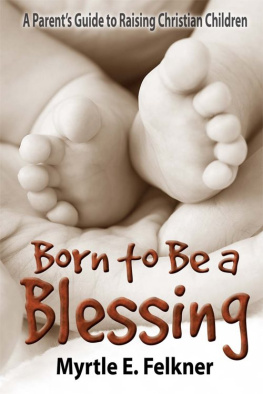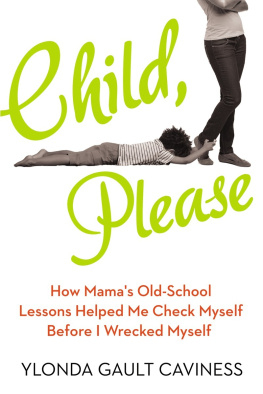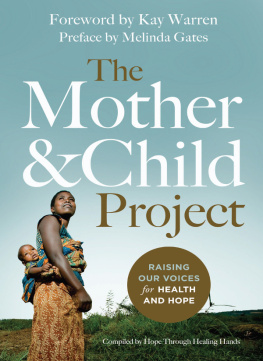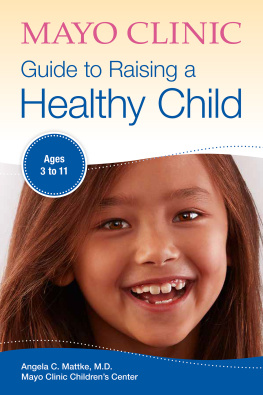
ZONDERVAN
The Mother and Child Project Discussion Guide
Copyright 2015 by Zondervan
Requests for information should be addressed to:
Zondervan, 3900 Sparks Dr. SE, Grand Rapids, Michigan 49546
ePub Edition March 2015: ISBN 978-0-310-34417-9
Scripture quotations marked NIV are taken from The Holy Bible, New International Version, NIV. Copyright 1973, 1978, 1984, 2011 by Biblica, Inc. Used by permission. All rights reserved worldwide.
Scripture quotations marked NASB are taken from the New American Standard Bible. Copyright 1960, 1962, 1963, 1968, 1971, 1972, 1973, 1975, 1977, 1995 by The Lockman Foundation. Used by permission.
Any Internet addresses (websites, blogs, etc.) and telephone numbers in this book are offered as a resource. They are not intended in any way to be or imply an endorsement by Zondervan, nor does Zondervan vouch for the content of these sites and numbers for the life of this book.
All rights reserved. No part of this publication may be reproduced, stored in a retrieval system, or transmitted in any form or by any means electronic, mechanical, photocopy, recording, or any other except for brief quotations in printed reviews, without the prior permission of the publisher.
Cover design: Dual Identity
Cover photography: Esther Havens
Interior design: Kait Lamphere
First Printing February 2015
Contents
Over the last decade, the church has been at the helm of turning the tide of HIV/AIDS around the world. Today, there is a new focus, a new nexus among global health challenges: maternal, newborn, and child health. The Mother and Child Project: Raising Our Voices for Health and Hope is a collection of essays written by artists and actors, nurses and doctors, policymakers and pastors highlighting the spectrum of concerns for mothers and children around the world. This books goal is to educate readers on the critical importance that healthy timing and spacing of pregnancies (HTSP) plays to:
combat extreme poverty,
keep girls and children in school,
promote gender equality,
improve maternal and child health,
and prevent mother-to-child transmission of HIV/ AIDS.
We believe that HTSP, or family planning, is at the nexus of global health issues.
This discussion guide will lead you and your group whether a Sunday school class, community group, small group Bible study, or any other group of individuals through four weeks of discussion on the issues related to women in the developing world.
Each small group leader has the responsibility to make sure group members know what to read in preparation for their discussion each week. We recommend assigning these readings at least a week before the meeting, to give people ample time to prepare.
Our hope is that these discussions will inspire you to action. We welcome you to research the resources listed in the back of The Mother and Child Project for advocacy and involvement, so that you can take part in joining us to help save the lives of millions of mothers and children around the world.
At Home
The concerns surrounding maternal and child health in the developing world are broad and complex, and there are no easy answers to the reasons why millions of women and children die each year from preventable causes. But lets take a look at some facts:
Every year, more than 287,000 women die in childbirth or from pregnancy-related complications.
For every woman who dies, there are 30 more who suffer serious illness or debilitating injuries.
When a mother dies, her child is 10 times more likely to die prematurely. This contributes to the fact that 6.6 million children die each year before their fifth birthday.
The situation is tragic but not hopeless: 80 percent of maternal deaths are completely preventable.
Now that you know the foundation of the problem, lets learn more. Before you meet, read the following essays from part 1 of The Mother and Child Project:
Miheret Gebrehiwots Story: Ethiopia
Choosing Joy for Mothers and Children, by Kay Warren
All Lives Have Equal Value, by Melinda Gates
Contraception Is a Pro-Life Cause in Developing World, by Bill Frist and Jenny Eaton Dyer
Family Planning as a Pro-Life Cause, by Michael Gerson
A Mama Knows, by Rachel Held Evans

In Your Small Group
Discuss
1. Read Deuteronomy 15:7. How, in your opinion, does this exhortation to care for the poor relate to the discussion of maternal health?
2. Prior to reading these essays, what was your perception of the problems surrounding womens and childrens health in the developing world?
If you have ever seen this problem firsthand, share that experience and what it was like.
3. Look at the photograph of the woman on the front cover of The Mother and Child Project Discussion Guide. Think about her life experience and how different it is from your own. In what ways do you imagine it might be similar?
This womans name is Mpendubundi, and her daughter, now eight years old, was able to attend school for the first time in 2014. Does knowing details about Mpendubundis life make it harder to ignore her? If so, why do you think this is the case?
4. Review Mihret Gebrehiwots story. What was the most remarkable aspect of it, in your opinion? How did healthy timing and spacing of pregnancies change the course of Mihrets life?
Last year, more than 6.6 million children under the age of five died from preventable, treatable causes. Many of these children died in the arms of loving parents who simply didnt have access to basic newborn care, simple antibiotics, vaccines, or oral rehydration therapies. For pennies to the dollar, these childrens lives could have been saved. In addition, more than 287,000 women died last year in childbirth... because they lacked a skilled attendant... and had complications during pregnancy or delivery.
Kay Warren
5. What was your response when you first read that more than 6 million newborns and children and 287,000 mothers will die this year? Do you find it hard to grasp how many people that is? (Note: Imagine yourself at a sold-out football game in a stadium that seats 100,000 people. Then, imagine it filled nearly three times over with mothers who will die, mostly from preventable causes.)
We, as Americans, can choose to prevent these deaths with our personal and governmental support for maternal, newborn, and child health and healthy timing and spacing of pregnancies in ways that honor God. Our voices can and will make a difference. And, in doing so, we choose joy.
Kay Warren
6. Do you believe God cares about our reproductive lives? How does providing assistance to mothers for increased maternal, newborn, and child health honor God?
How is it possible to choose joy in the face of such tragic statistics? And how can people of faith be responsible for providing joy to those who are suffering?
7. Why does systemic change take both personal and governmental support? What are the benefits of leveraging governmental funds for these issues? What are the benefits of supporting individually through a nonprofit? What might be the negatives? (Note: Half of all Americans believe that over 25 percent of the US Budget goes to foreign assistance. Fact: Less than two-thirds of 1 percent (0.6) actually goes to international foreign assistance, and only 25 percent of that to global health.
Next page
